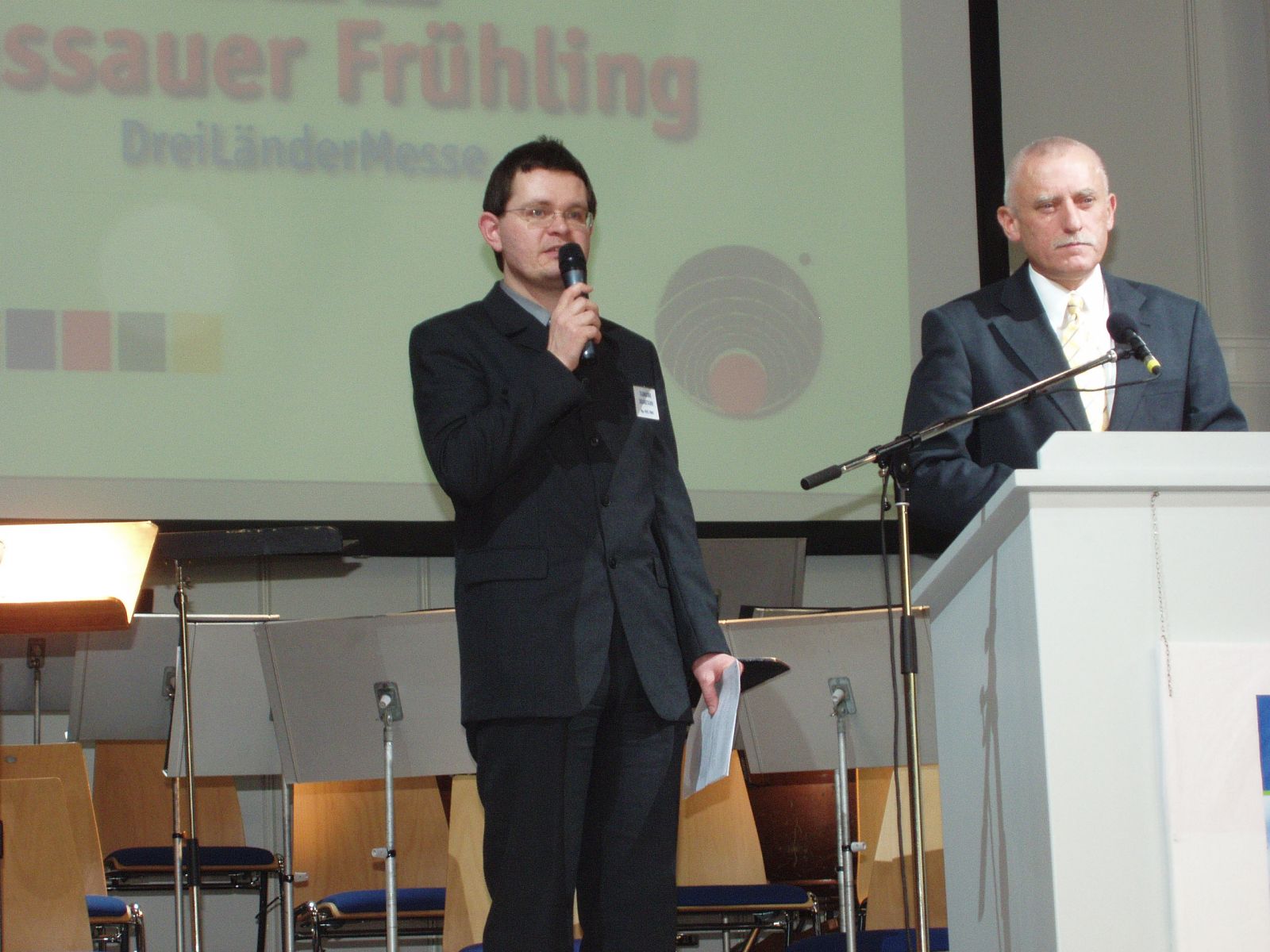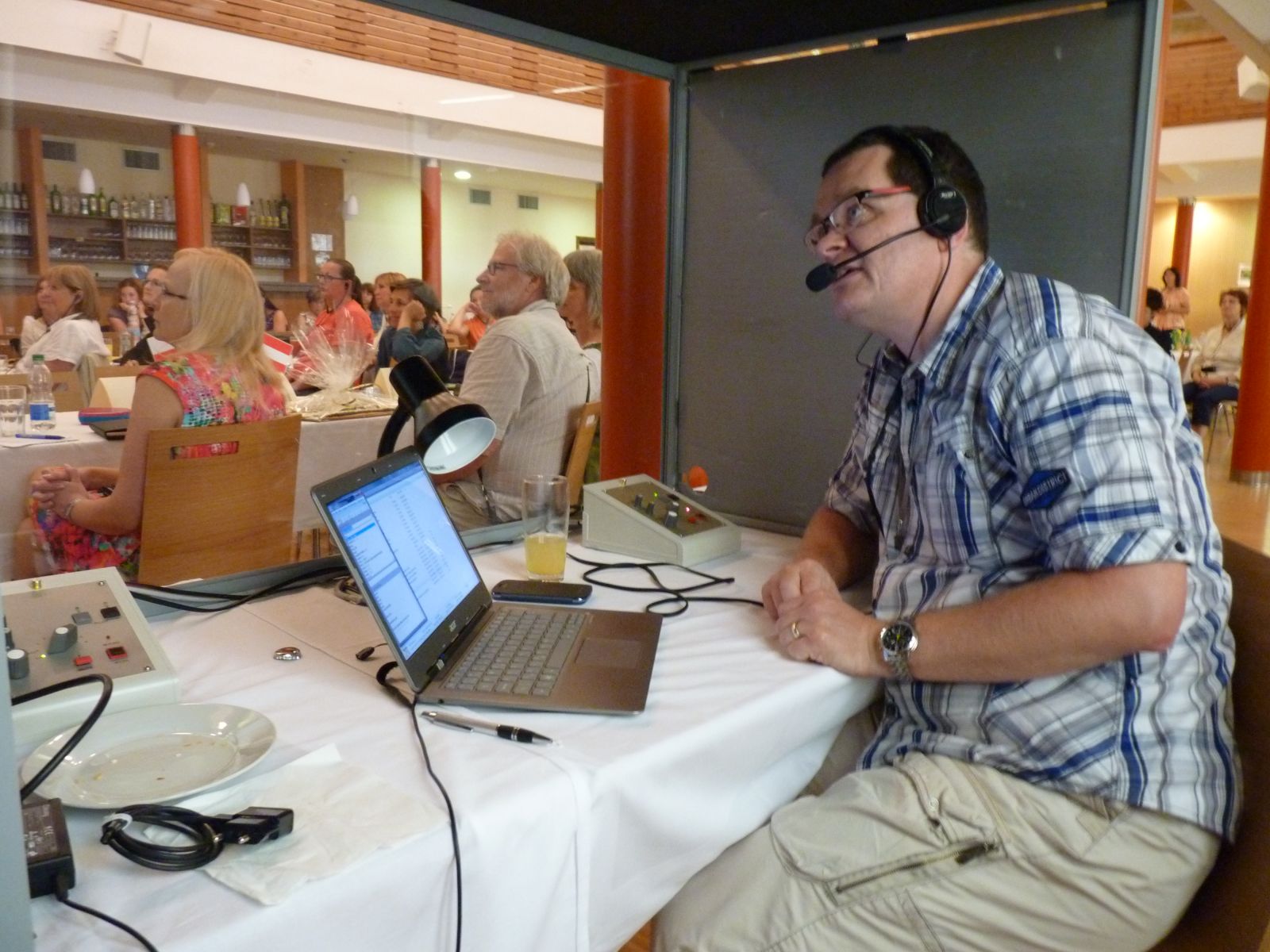Vysvětlení výrazů

V překladatelském a tlumočnickém odvětví se objevuje mnoho výrazů, jejichž význam není normálnímu člověku zcela jasný. Proto jsme připravili slovník základních pojmů, který by měl přispět k lepší orientaci zákazníka:
1. Konsekutivní tlumočení je tlumočení, kdy řečník pronese větu, odstavec či delší úsek textu a to pak po něm opakuje tlumočník v jiném jazyce. Konsekutivní tlumočení se používá především při jednáních "u stolu", tiskových konferencích, apod. Nevhodné je naopak při konferencích a seminářích, kde jsou přednášeny souvislé referáty, a to ze dvou důvodů:
- celá akce se protáhne na dvojnásobnou dobu
- střídání projevu v různých jazycích vede k tomu, že posluchači se brzy přestanou soustředit.
Pokud je konsekutivní tlumočení nezbytné při konferencích či seminářích a má trvat déle než půl dne, je zapotřebí dvou tlumočníků, kteří se střídají.

2. Simultánní tlumočení (kabinkové) Používá se při konferencích, seminářích, a podobných příležitostech, kdy řečník mluví do jednoho mikrofonu a tlumočník hovoří současně s ním, avšak jiným jazykem, do druhého mikrofonu. Posluchač si může vybrat, zda chce mít ve svých sluchátkách originál, nebo překlad (případně který z konferenčních jazyků).
Tlumočník přitom sedí ve zvukově oddělené kabině, aby svým hlasem nerušil ostatní. Každá kabina by měla být obsazena nejméně dvěma tlumočníky.
3. Simultánní tlumočení (jednoduché) V určitých případech lze na akcích s omezeným počtem účastníků namísto tlumočnické kabiny výjimečně použít tzv. "šeptáky / našeptávací soupravy" - bezdrátové zařízení se sluchátky, bez kabiny.
Použití této techniky jde nutně jak na úkor kvality konference, protože tlumočníci nejsou schováni za sklem a svým mluvením ruší, tak i na úkor kvality tlumočení, protože se tlumočníci nemohou dobře soustředit.
4. Prostý překlad tento druh překladu zákazník dostane vytištěný, na disketě, CD, jako e-mail apod.
5. Ověřený (soudní) překlad Pro úřední účely je zapotřebí tzv. ověřeného překladu (někdy se říká "soudní" překlad, nebo překlad "s kulatým razitkem").
V takovém případě je třeba, aby originální listina byla s překladem neoddělitelně spojena a aby byl překlad opatřen tzv. tlumočnickou doložkou s razítkem. Takové překlady pak slouží jako závazné listiny pro státní orgány, soudy, matriční úřady atd.
Ověřený překlad je také možné neoddělitelně spojit nikoli s originálem, nýbrž s jeho ověřenou kopií (ověření provádějí notáři a některé jiné instituce, např. obecní úřady, pošty). To se doporučuje zejména rodných listů, vysvědčení... Někdy stačí spojit překlad s obyčejnou kopií listiny a dotyčné instituci pak spolu s ním předložit k nahlédnutí originál listiny.
Ověřený překlad tedy nelze provést "na dálku". Alespoň jednu cestu si však přesto můžete ušetřit: po dohodě nám můžete originální listinu poslat dopředu naskenovanou emailem, její originál nám mezitím odešete poštou a my ihned pracujeme na překladu. V okamžiku doručení originálu poštou jej svážeme s ověřeným překladem, opatříme doložkou soudního tlumočníka a obratem Vám ho předáme.
6. Normostránka (NS) Jedna normostránka je text o délce 1800 znaků včetně mezer. Chcete-li psát vaše dokumenty tak, aby jedna fyzická strana textu odpovídala jedné normostránce, nastavte počet řádku na 30 a počet znaků na řádku na 60, řádkování 1,5. Normostránka je zavedena proto, aby při stanovení délky textu nehrála roli velikost písma ani řádkování. Naše cena je tak vždy standardně stanovena z přeloženého textu. Počet znaků včetně mezer Vašeho dokumentu zjistíte v dokumentu MS Word pod nabídkou Vlastnosti dokumentu. Nebo vložte zkopírovaný text do našeho okna "Zjistěte rozsah Vašeho textu" umístěného na úvodní stránce a obratem zjistíte orientační velikost (počet normostran) Vašeho dokumentu.
7. Webové stránky - Máte své internetové stránky v češtině a chtěli byste je mít také anglicky, německy, francouzsky nebo maďarsky? Nebo nemáte žádné stránky a chtěli byste je a nevíte jak na to? Obraťte se na nás, pomůžeme Vám.
8. 1/2 den tlumočení Více než 1 hodina, max však 4 hodiny tlumočení.
9. 1 den tlumočení Více než 4 hodiny, max. však 8 hodin tlumočení.





